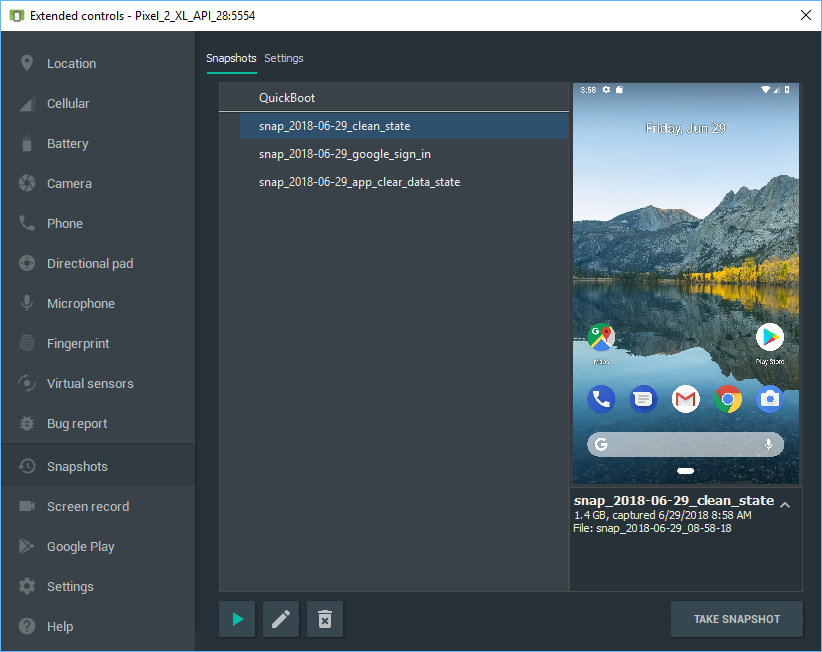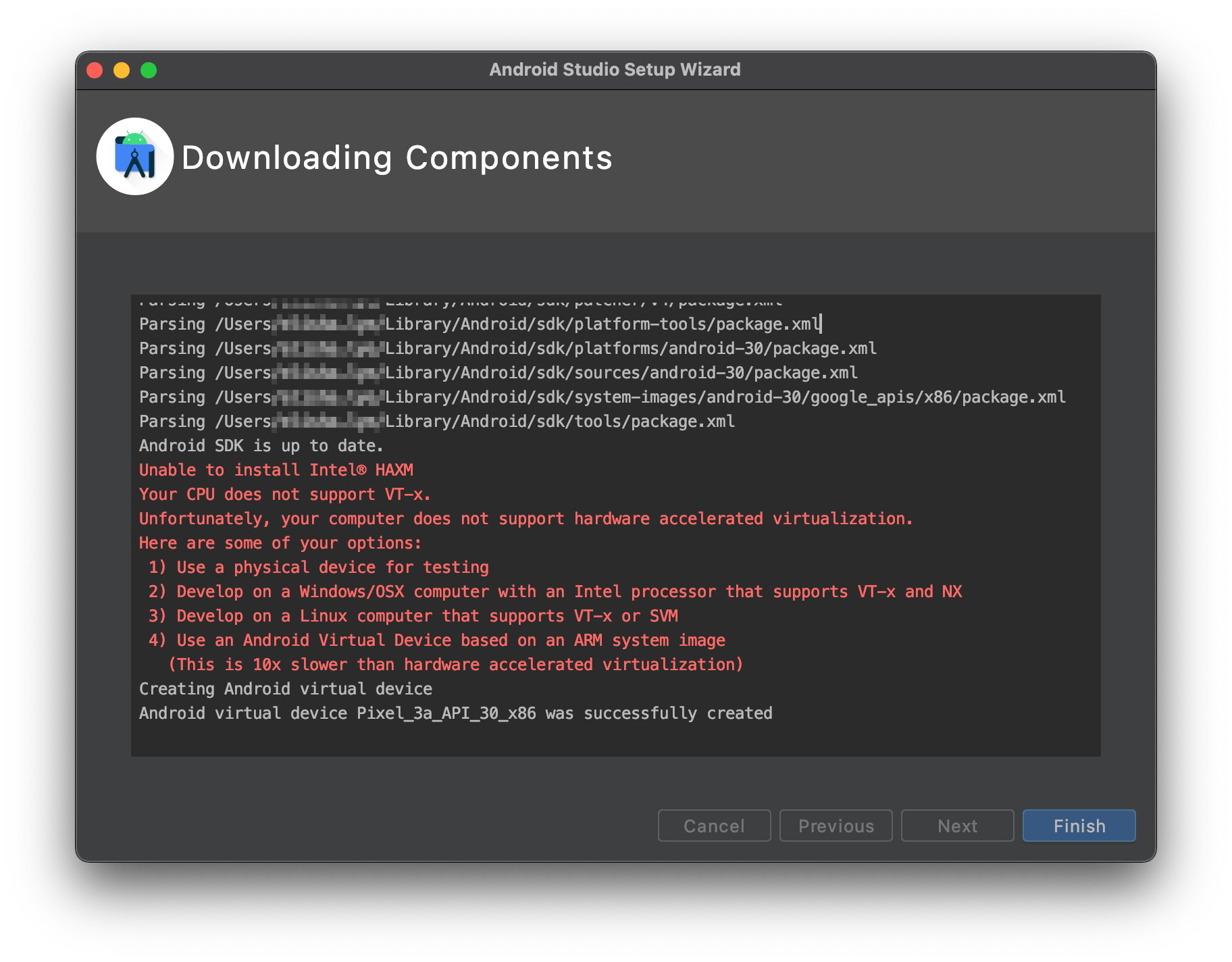

- How to run an android emulator on mac how to#
- How to run an android emulator on mac install#
- How to run an android emulator on mac update#
- How to run an android emulator on mac software#
- How to run an android emulator on mac code#
Then the installation begins quickly after that. With simply drag and drop actions you can get the app files on your Mac. This command will start building your app using the installed Gradle compiler shipped with the Android Studio then run the Metro bundler to bundle your app and execute the app on the emulator as shown in the following screenshots. Use Andyroid to run Android apps on Mac Droid4X If you are looking for an emulator to run Android apps on Mac, then this sounds to be good deal. Once the integrated terminal is opened, you can start writing the "react-native run-android" command. You can run commands in any external terminal but for the purpose of this post, we are going to use the integrated terminal. Then, click View > Integrated Terminal to be able to run commands in the integrated terminal inside Visual Studio Code. This emulator works on Windows 7/8 / 8.1 / 10 PC, Mac, and also has an offline installer.
How to run an android emulator on mac code#
To do so, open Visual Studio Code (or your preferred code editor) then click "Open Folder" and open the root directory of your React Native app (not the Android directory). The last and final step is to run your React Native app in the opened Android emulator.
How to run an android emulator on mac how to#
If you'd like a little more information about using these emulators, take a look at How to run Android apps on Mac. Xcode to build and run iOS apps, and Xcode is only available on macOS therefore. Mac compatibility: Sounds obvious, but not all emulators run on macOS.
How to run an android emulator on mac install#
Step 3: Run your React Native app with "react-native run-android" command Launches the app on a connected Android device or Android emulator. 2Here are the steps that youll need to go through: Install Android Studio in macOS and create an Android emulator using Android Virtual Device Manager. If you have successfully opened your Android device emulator as shown in the screenshot above then it's time to move to the next step. To do so, open Android Studio, then click "Open an existing Android Studio Project" as shown in the screenshot below: The first step is building the app on Android Studio. Step 1: Build the react native app on Android Studio and Execute Disable (XD) Bit functionality On Mac OS, run Android Studio.
How to run an android emulator on mac software#
Once you have all the above software and tools installed and ready, please follow the following steps in the same order. If you havent done so already, then install the Java JDK and the Android SDK.

Learn how to use an Android emulator to test AR apps: https://developers. You have any Android emulator installed and running on your machine through Android Studio AVD Manager. app can be downloaded from the following links for macOS and Windows.

If not, then you can download and install it here.

Before you continue reading this post please make sure that: This post will explain how to run the "react-native run-android" command on mac in a very few easy steps. Start Android Studio app, then create a blank project. AVD Manager has a nice interface when started from Android Studio. Android emulators are managed through a UI called AVD Manager.
How to run an android emulator on mac update#
The latest update of the Nox App Player allows the user to customize the sidebar.įor the users who are searching for an Emulator for their PC, Nox App Player could really work out as it would meet all your needs as an Android Emulator. Nox App Player allows the user to capture picture and even record video that could be saved on the PC.


 0 kommentar(er)
0 kommentar(er)
